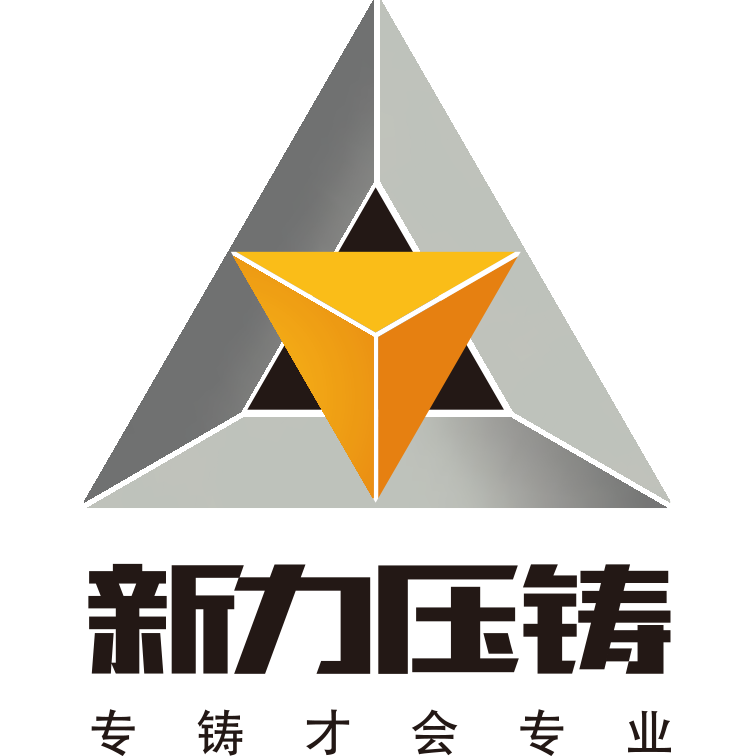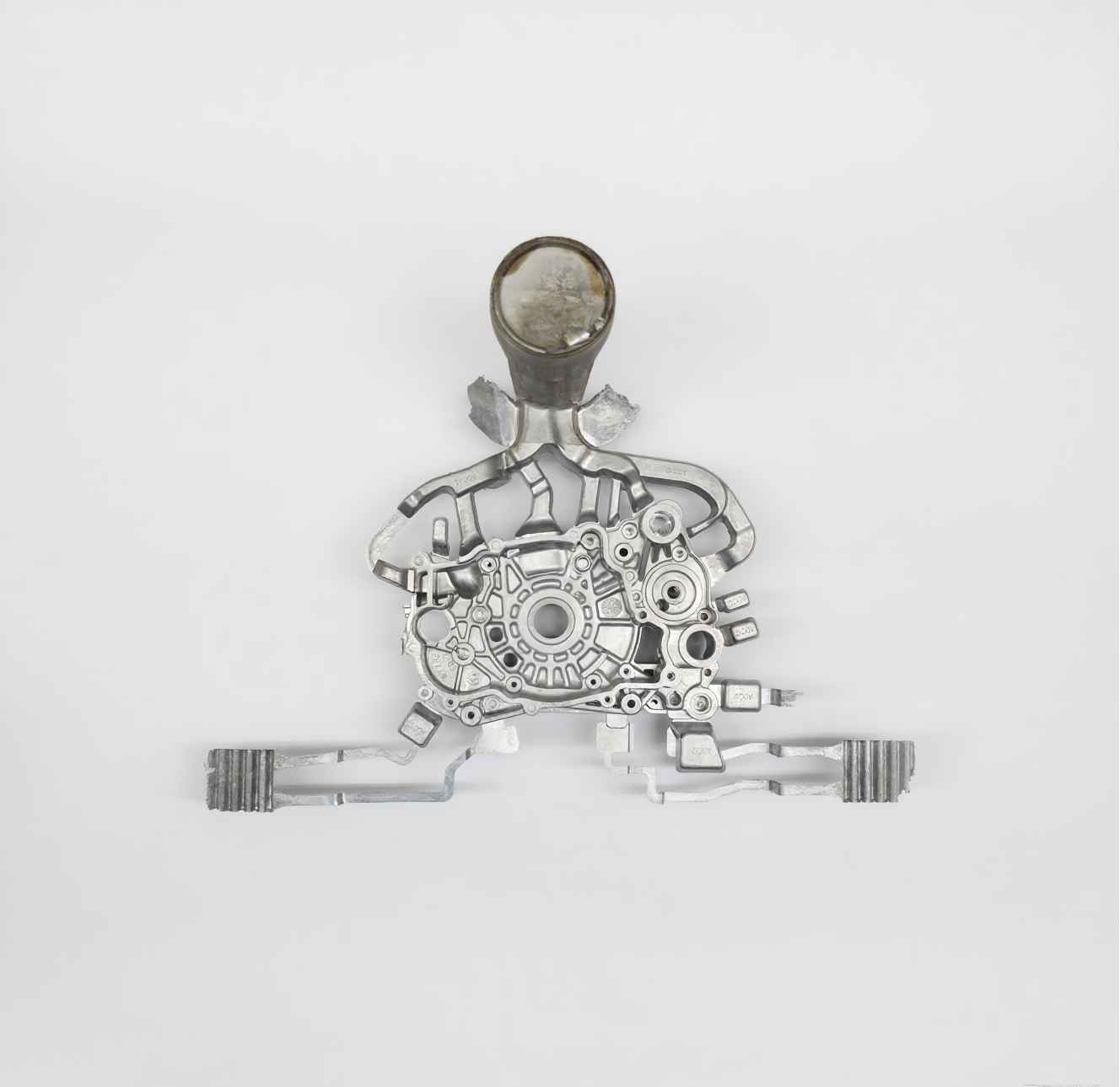Product Features:
1. Aviation-Grade Aluminum-Based Materials: A Balanced Approach to Power and Weight Reduction
Material: Utilizing ADC12 high-strength aluminum alloy with a density of only 2.7g/cm³, it reduces weight by 55% compared to cast iron cylinder blocks, effectively reducing unsprung mass and improving handling flexibility. With a tensile strength of 330MPa and a yield strength of 280MPa, it can withstand motorcycle torque shocks of 150-300N·m.
Lightweight Design: Through topological optimization, the cylinder block wall thickness in key stress-bearing areas is reduced to 3mm, while the non-stress-bearing areas are thinned to 1.6mm. This achieves a further 15% weight reduction while maintaining strength, contributing to an 8% improvement in motorcycle acceleration performance.
2. Die-casting Breakthrough: Complex Structures Molded in One Shot
Precision Integration: Complex features such as the oil circuit (Ø3mm diameter), air channel (12mm depth), and cooling fins (1.8mm spacing) are die-cast in an integrated fashion, eliminating gaps and stress concentrations associated with traditional splicing processes. This improves cylinder block assembly precision by 40%, with power transmission deviation ≤0.02mm.
Technical Breakthrough: Overcoming the challenges of deep-cavity die-casting (mold draft angle ≤0.8°) and multiple undercuts (six complex structures). The internal porosity is ≤0.8%, and leak-free after 300 hours of airtightness testing, equivalent to 80,000 kilometers of reliable operation on a motorcycle.
3. Structural Design: Mechanical Optimization "Customized" for the Engine
Reinforced Cooling Fins: 16 longitudinal fins + 8 transverse fins form a "honeycomb cooling grid," increasing the cylinder block's heat dissipation area by 50%. Combined with the oil cooling system, this reduces engine operating temperature by 18°C and extends the oil expiration period by 30%. Precision Fit Interface: The cylinder block mounting holes achieve a ≥99.5% fit with the crankshaft and piston assembly, ensuring zero power transmission lag. Compatible with a variety of engine architectures, including single- and twin-cylinder models, with a compatibility rate exceeding 95%.
Impact Resistance: Triangular reinforcement ribs at the bottom of the cylinder block effectively protect against high-frequency vibrations (≤5g acceleration) experienced in off-road conditions, reducing engine NVH (noise, vibration, and harshness) by 10dB and improving riding comfort by 22%.
4. Advanced Performance: Confidence in Extreme Conditions
Wear Protection: The surface is hard-anodized, creating a 10-15μm thick oxide film that improves wear resistance by 60%, protecting against friction damage to components like piston rings and valves, and extending engine overhaul intervals by 40%.
Fatigue Resistance: Passed 800,000 alternating stress cycles, the test results show a 45% reduction in fatigue fracture probability. Suitable for extreme conditions such as racing and off-roading, it meets the high-load, long-life motorcycle requirements.
5. Customized Ecosystem: Full-chain Support from R&D to Mass Production
Multi-Model Adaptation: Supports customized cylinder blocks for motorcycles ranging from 150cc to 1000cc, covering diverse application scenarios such as street, racing, and off-road. With a mold development cycle of 28 days or less, the system rapidly responds to market demand.
Digital Collaboration: Providing 3D digital models and MBD (Model-Based Definition) data, it helps motorcycle OEMs digitize the entire process from "virtual assembly - simulation verification - mass production," improving development efficiency by 45%.
6. Green Manufacturing: Sustainable "Hidden Value"
Material Recycling: Aluminum alloy is 100% recyclable, and the production process reduces carbon emissions by 65% compared to cast iron parts, aligning with the "dual carbon" goals and helping OEMs create "green power" products.
Energy Efficiency Optimization: Compared to traditional machining, the die-casting process reduces production energy consumption by 42%, reducing the environmental impact of the manufacturing process and providing dual value for "cost reduction and emission reduction" in the motorcycle industry.


